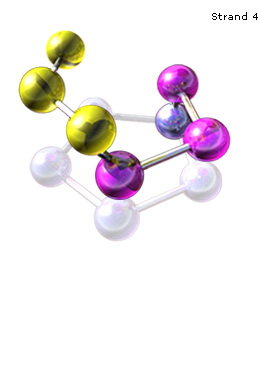|
|
 |
Transfer of Energy |
|
|

 |
 |
 |
The total energy of the universe is constant. Energy can be transferred by collisions in chemical and nuclear reactions by light waves and other radiation and in many other ways. However it can never be destroyed. As these transfers occur, the matter involved becomes steadily less ordered. Thus in energy transfers, the overall effect is that the energy is spread out uniformly. |
|
|
 |
Heat consists of random motion and the vibration of atoms, molecules, and ions. The
higher the temperature, the greater the atomic or molecular motion. |
|
 |
All energy can be considered to be either kinetic energy, which is energy of motion; potential energy, which depends on relative position; or energy contained by a field, such as electromagnetic waves. |
|
 |
Energy is a property of many substances and is associated with heat, light, electrical mechanisms, motion and sound. Energy is transferred in many ways. |
|
 |
The sun is a major source of energy for changes on the earth’s surface. The sun loses energy by emitting light. A tiny fraction of that light reaches the earth, transferring energy from the sun to the earth. The sun’s energy arrives as light with a range of wavelengths, consisting of visible light, infrared and ultraviolet light. |
|
 |
Light interacts with matter by transmission (including reflection), absorption or scattering (including reflection.) To see an object, light from that object - emitted by or scattered from it - must enter the eye. |
|
 |
Light travels in a straight line until it strikes an object. Light can be reflected by a mirror, refracted by a lens, or absorbed by an object. |
|
|
|
|